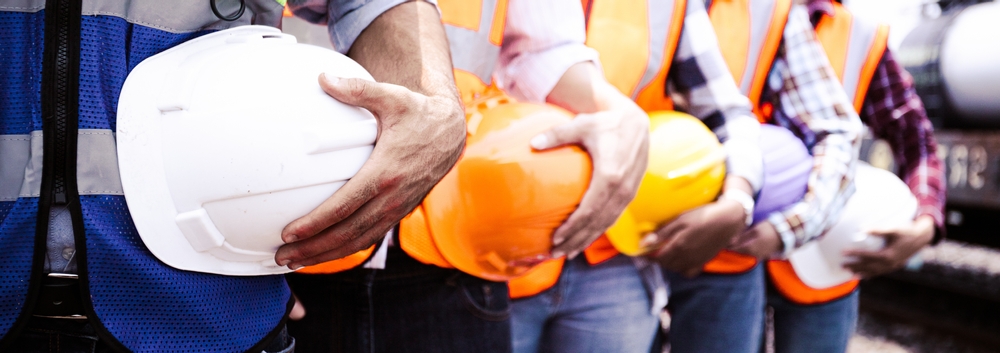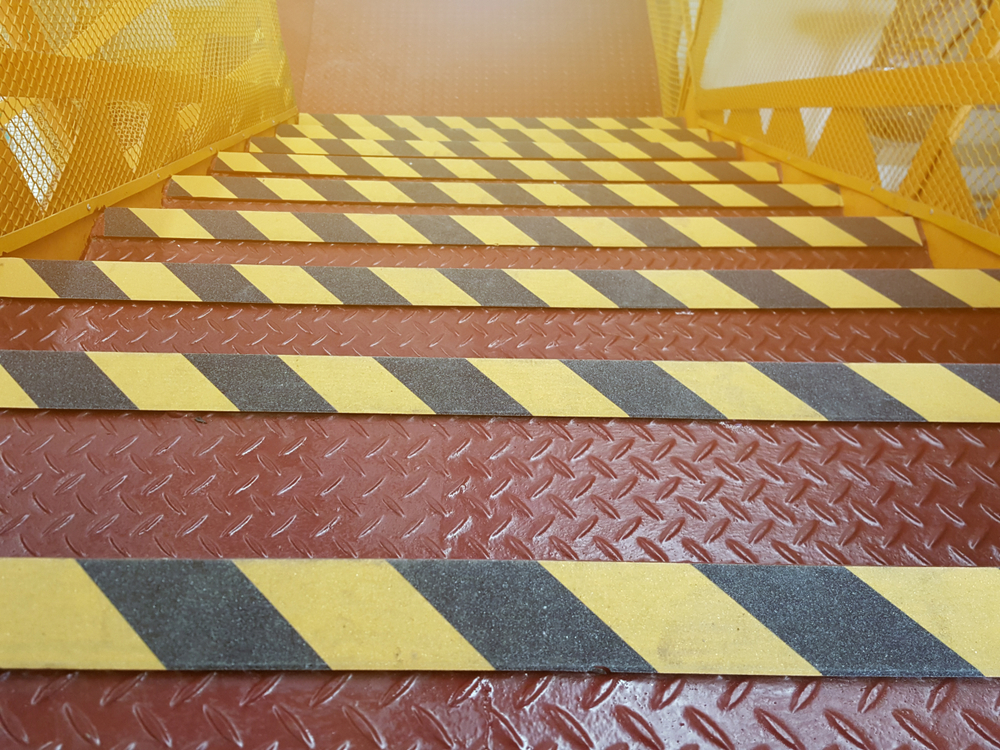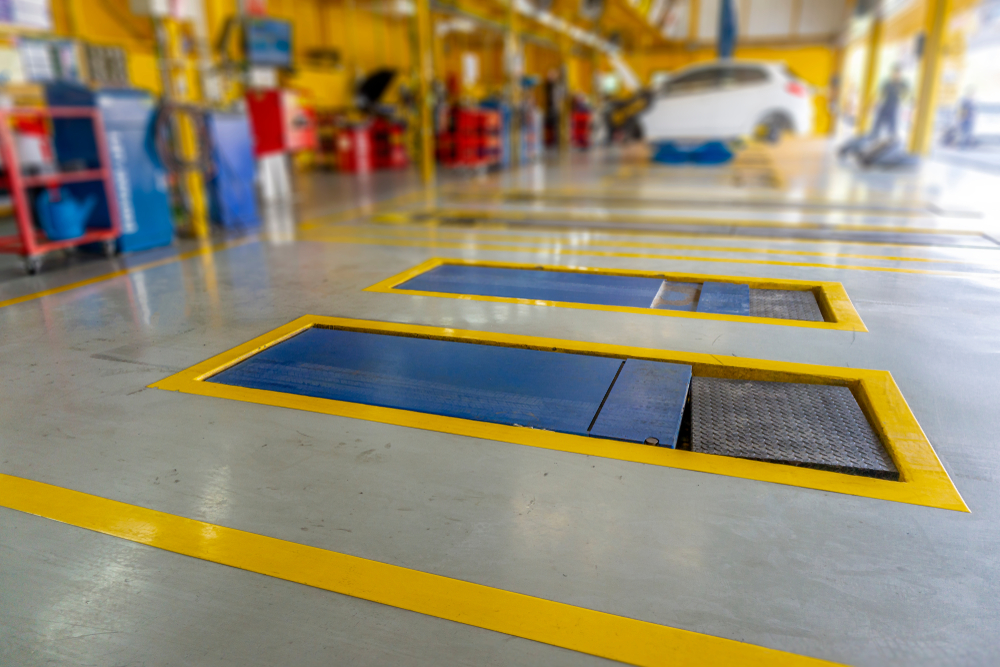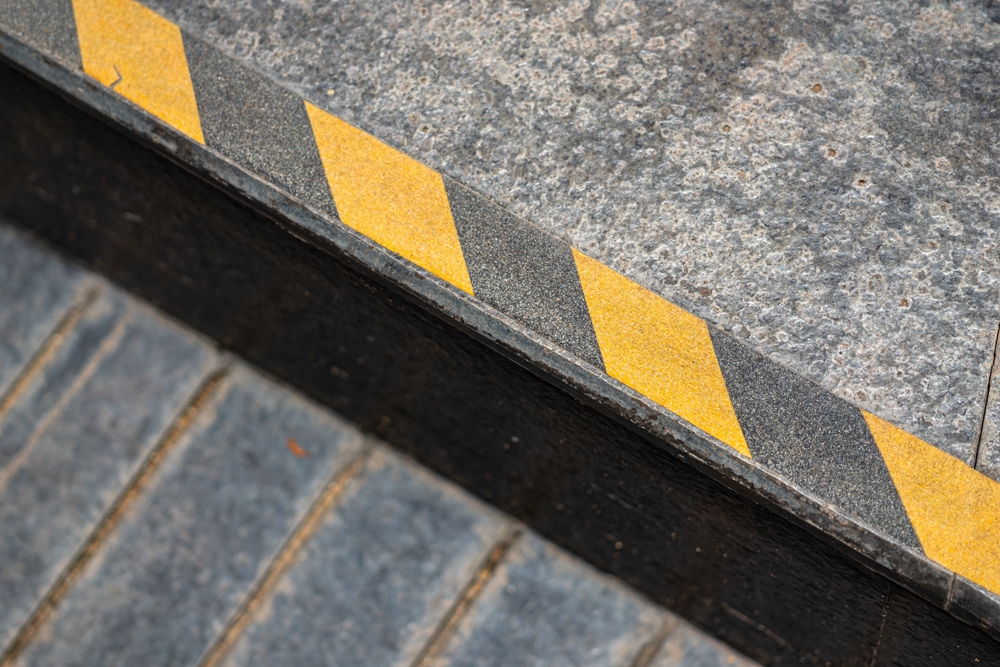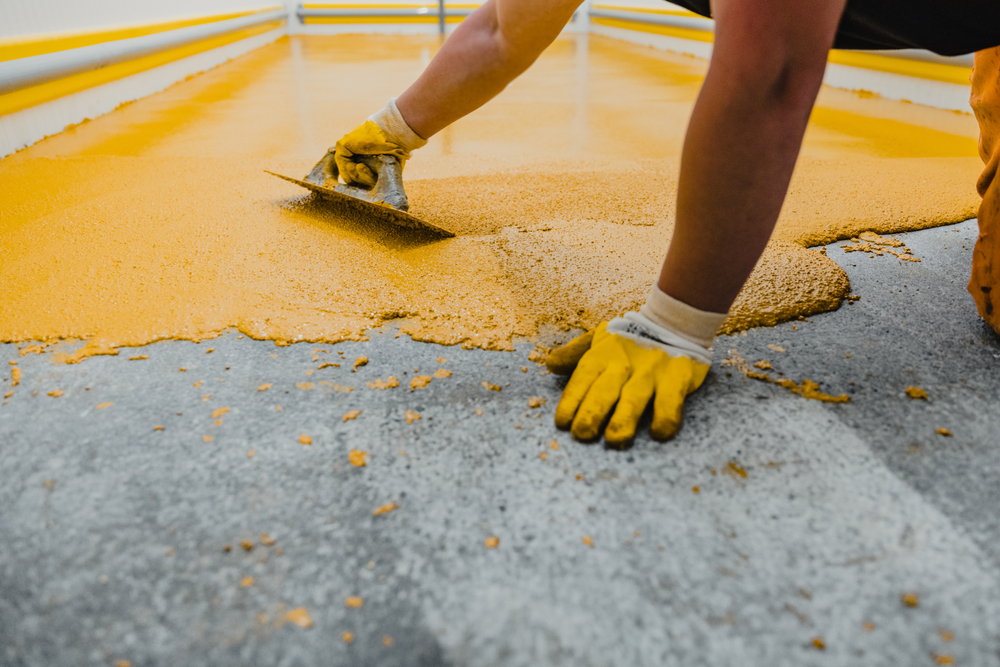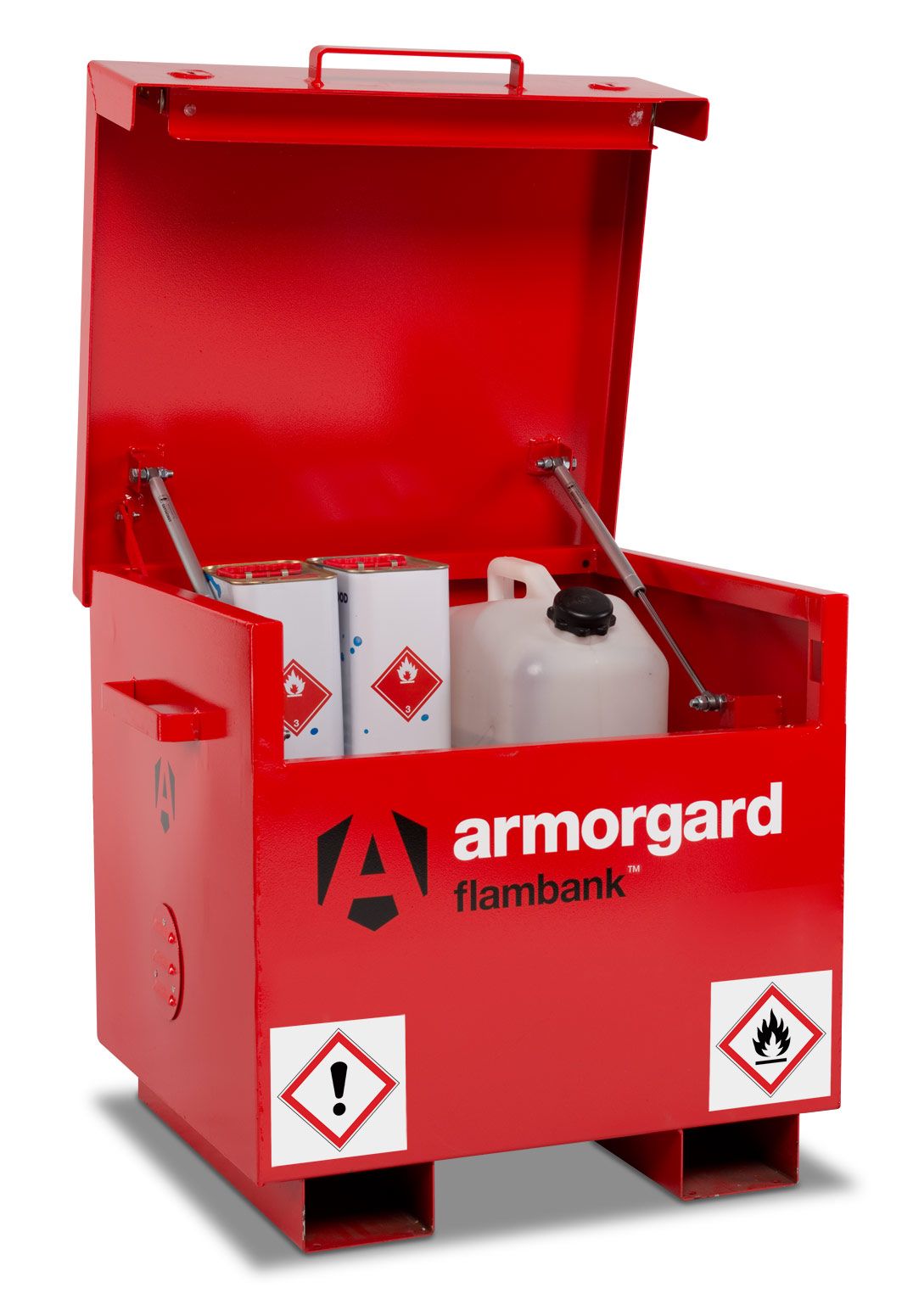The provision of safety gear in construction is dictated by specific workplace risks and regulatory requirements. This guide outlines the primary types of safety gear, reflecting a pragmatic approach to workplace safety in line with UK standards.
Head protection
Hard hats and protective headwear are essential in construction, guarding against head injuries, and proper selection, use, and maintenance of head protection are fundamental for construction site safety. The right fit is vital to ensure their effectiveness, and helmets should be adjustable for comfort and safety. Accessories like ear muffs or safety glasses must not compromise protection.
Regular helmet checks are vital. Any damage means immediate replacement. Typically, helmets last three to five years, but heavy use may shorten this lifespan. Modifications or stickers can weaken helmets and should be avoided unless manufacturer-approved.
Bump caps offer limited protection compared to safety helmets. A good helmet's harness will ensure it stays in place and distributes impact force to minimise injury risks.
Eye and face protection
Safety goggles and glasses address various workplace hazards, balancing protection with comfort. Safety glasses shield against impacts, while goggles offer broader coverage, suitable over prescription glasses. Face shields provide wider protection, though they may not fully block dust or gases.
Lens choices adapt to work conditions. Clear lenses are ideal for indoor tasks, smoke lenses combat glare, and yellow lenses improve low-light visibility. Lightly tinted lenses benefit those moving between environments, and specialised lenses can even protect against radiation. Features like anti-mist and anti-scratch enhance durability and clarity.
For UV defence, polycarbonate lenses block significant UV light. Options for prescription glasses wearers include over-the-top safety goggles or prescription safety glasses. The choice between directly or indirectly vented, or non-vented goggles balances protection from liquids, dust, and vapour with airflow needs.
Aligning eye and face protection with workplace hazards and individual needs ensures safety and clear vision.
Hearing protection
Ear protection has various forms, including ear muffs and plugs - each important to address the noise hazards in industrial environments.
Exposure to high noise levels can lead to hearing issues like tinnitus or permanent loss. The Health and Safety at Work etc. Act 1974 requires employers to provide ear protection in environments with 85 to 140 decibel noise levels. Duties include supplying, ensuring correct use, marking designated areas, and maintaining ear protection gear.
Memory foam earplugs fit inside the ear canal, expanding to block noise. They come in different shapes for varying protection levels and are often disposable for hygiene. There are various brands available, such as the reputable Venitex, which provides a comprehensive choice of hearing protection tailored for those working in agriculture, construction and civil engineering, and service logistics.
All hearing protection products should be clearly specified, showing relevant EN standards, SNR values and Noise Reduction at Frequency High, Medium and Low (Hz) Ranges.
For ear foams, consider those which cover the entire ear with noise-absorbing foam and can be integrated with safety helmets.
Choosing suitable ear protection involves assessing workplace noise levels. The single number rating (SNR) indicates the decibel reduction of ear protectors. HSE guidelines recommend protectors with:
-
20 dB or less for 85-90 dB noise levels
-
20 to 30 dB for 90-95 dB noise levels
-
25 to 35 dB for 95-100 dB noise levels
-
30 dB or more for 100-105 dB noise levels
Respiratory protection
Dust, fumes, and other harmful particles in the air are common on construction sites. Masks or respirators can help keep workers' lungs safe. The type of protection needed varies from simple masks for low-risk environments to more advanced respirators for areas with higher hazards. It's important to match the level of protection to the specific risks of the job.
Consider the user's health conditions, work duration, and vision needs. Ensure compatibility with other PPE like ear muffs or hard hats, and a tight fit to prevent gaps.
Maintain respirators through regular checks by trained professionals. Tasks include replacing filters, cleaning the equipment, checking straps, and ensuring powered devices are properly charged. Store in a clean area when not in use and clean before storage to avoid contamination.
Hand and skin protection
Gloves are essential to protect against cuts, burns, and exposure to harmful substances. The right gloves for the job might be heavy-duty for handling rough materials, or they might be more specialised, like gloves that resist chemicals.
-
Chemical protection gloves are designed to shield against harmful chemicals, solvents, and cleaning agents, these gloves are robust, resisting tears and abrasions while preventing harmful contact.
-
Disposable gloves are common in various settings, are versatile and often available in bulk dispensers for convenience and cost-efficiency.
-
Puncture or cut-resistant gloves help when handling sharp materials or during metal fabrication, and provide robust protection against cuts and punctures.
To learn more about purchasing high-quality equipment to improve safety on your premises, visit our safety equipment page or call us today on 0800 043 0161.
 Over 12,000
Over 12,000  Simple no quibble
Simple no quibble  Prompt dispatch &
Prompt dispatch &  UK Mainland Delivery
UK Mainland Delivery 